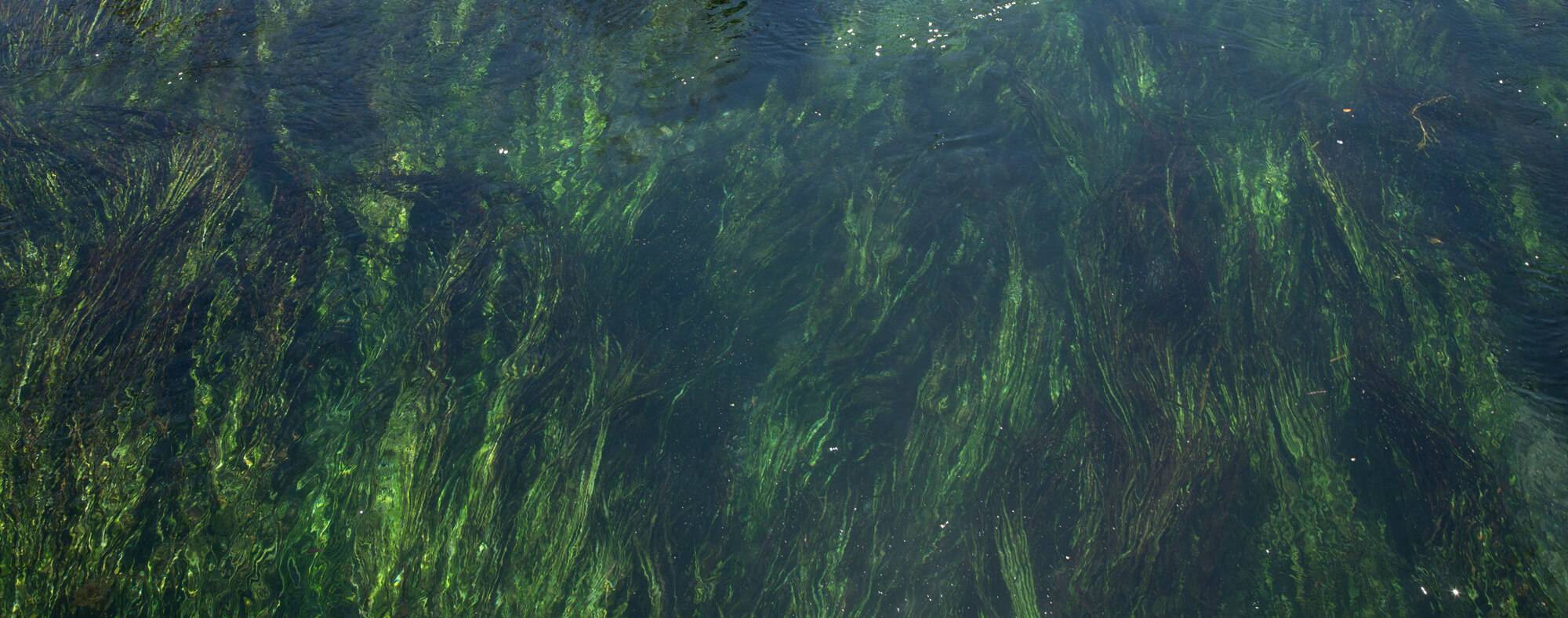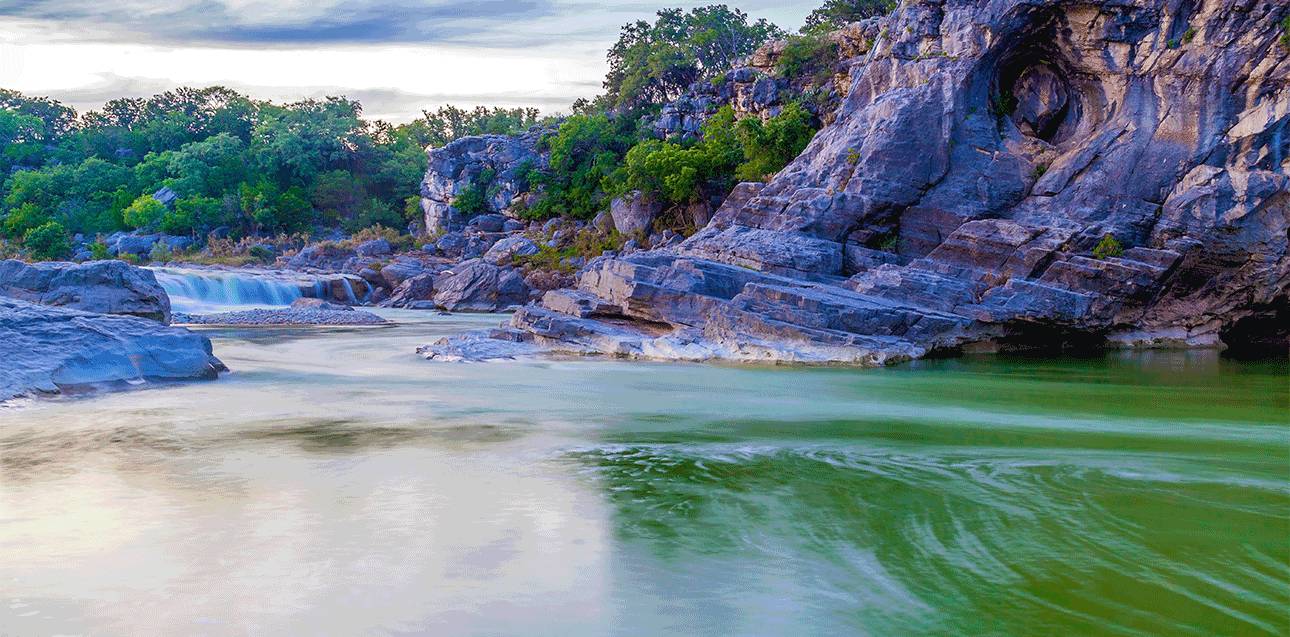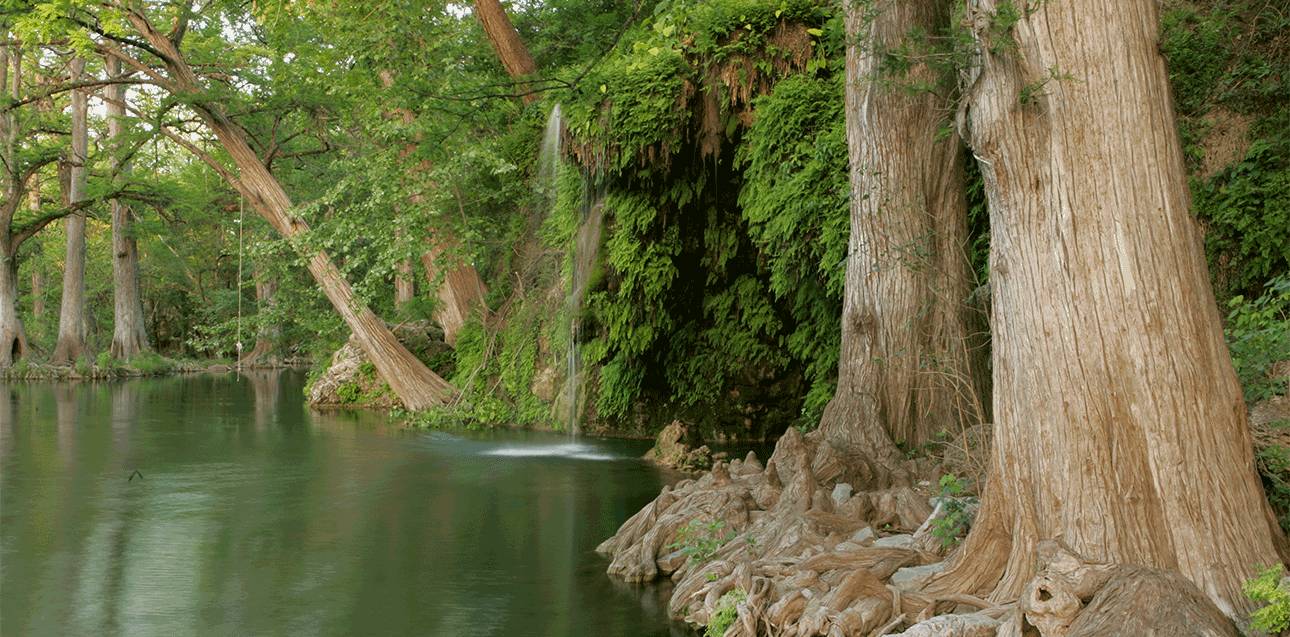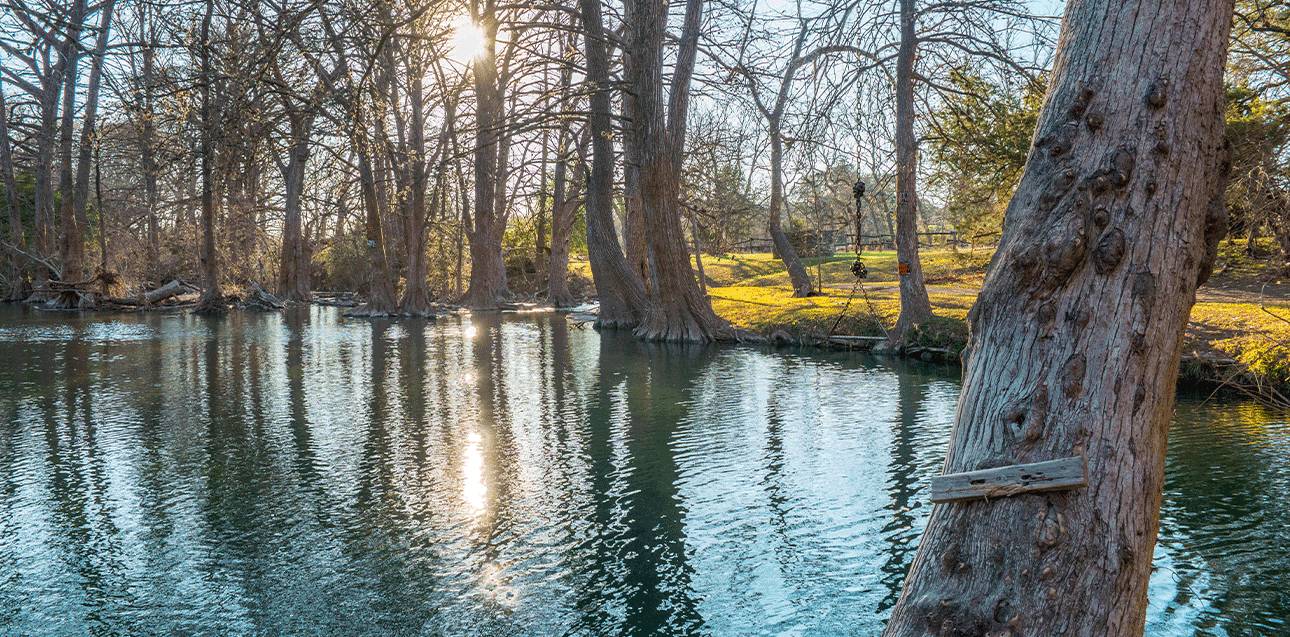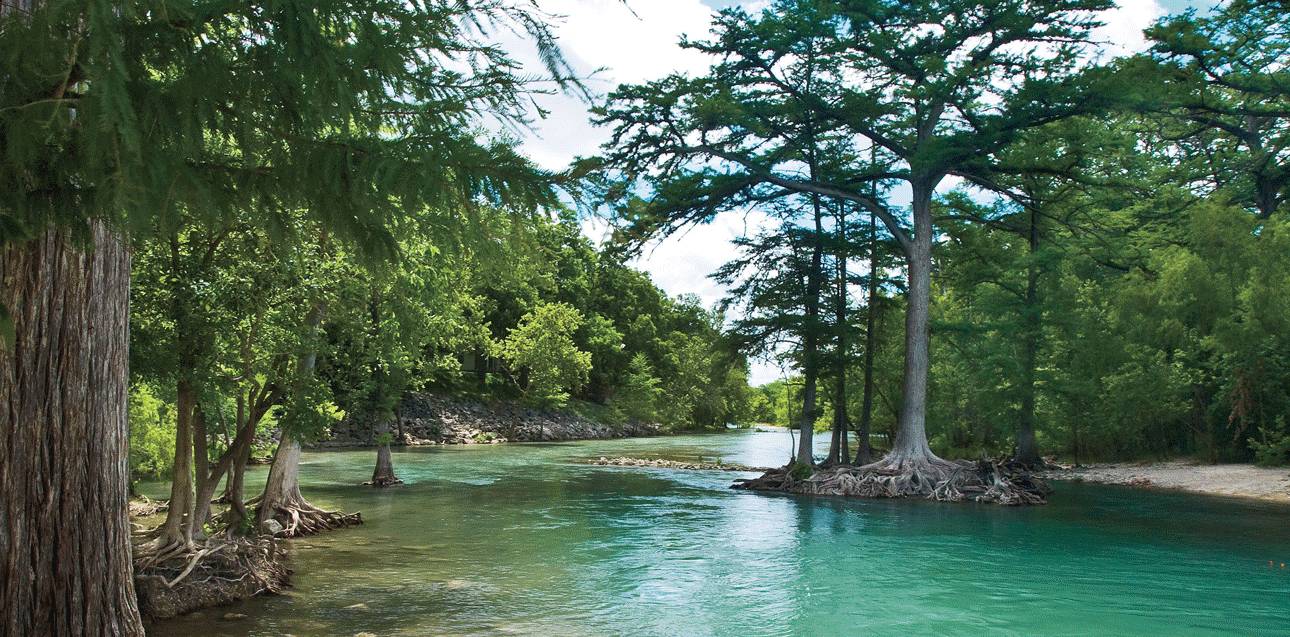How Much Water is in the Hill Country?

Project Summary
Scientific measurements, conservation priorities, and strategic actions for the Texas Hill Country.
In 2014, a team of scientists at The Meadows Center set out to answer this seemingly simple question—how much water is in the Hill Country? The conservation of the Hill Country’s water systems is not only important to protecting the diverse wildlife native to this area, but also to the growing population moving into the Hill Country. Since there are few regulations that can be placed on aquifer pumping, there is a very real possibility that unsustainable groundwater development and drought could endanger major springs that provide water to the major rivers in the Hill Country region.
What we ultimately need to know is will there be enough water for the future—for a growing population, for farmers and ranchers, for recreation, for wildlife, for downstream neighbors?
-
The Measurement Methodology
The Meadows Center began their investigation by designing a watershed-based measurement methodology that could be applied and replicated across the Pedernales River, the Blanco River, the Medina River and Onion Creek within the Hill Country. These basins were chosen as representative watersheds because each is underlain by aquifers that are being increasingly developed and each present opportunities for a suite of hydrogeologic studies.
Their process and goals were clearly defined:
- Measure surface flows and compare findings with historical data
- Assess relationship between geology, land cover/land use, and water quality
- Determine if and where groundwater/surface water interactions occur
- Collect gain/loss data along the river’s reach and within its key tributaries and compare with past data
- Identify potential threats to water quantity and quality and suggest strategies to mitigate them
-
Who’s Involved?
-
The George and Cynthia Mitchell Foundation
-
The Hill Country Alliance
-
The Hill Country Underground Water Conservation District
-
Blanco Pedernales Groundwater Conservation District
-
The Nature Conservancy
-
Texas Master Naturalists
-
Texas State University, Department of Biology
-
…And volunteers, landowners and sponsors like you!
-
